Thus, getting rid of them is essential to promote the main plant’s taller, stronger, and healthier growth. But how? Discussed below are certain DIY ways to remove weeds.
How can Weeds Affect Your Plants?

Weeds are parasitic plants. This means that they need the help of a host plant to obtain nutrients to grow. In other words, the weeds use the main crop plant as their host and compete with them for all the necessary nutrients which obstruct the growth of the main plant. Not to mention, they foster insects and pathogens which attack the plants, leading to further degradation. As a result, one needs to weed the garden from time to time to ensure the garden’s good health.
Natural Ways to Get Rid of Weeds
If you are wondering how to kill weeds naturally, here are six brilliant methods that you can put to use. While all are effective, personal approach and inclination matters a great deal. You could stick to one or more as per your garden’s needs.
1. Mulching

Mulching is the process of evenly covering the surface of the soil/ground with mulch. It is done with the main objective of boosting the health of the soil. While organic mulch is a mixture of dead leaves, compost, grass clippings, straws, twigs, and vegetable scraps, inorganic mulch includes rocks and plastic sheets. Insight - Unlike organic mulch, inorganic mulch doesn’t break down.
Benefits of Mulching -
- Prevents soil erosion, reduces weed germination, and blocks weed growth.
- Regulates the temperature of the soil, preventing it from getting too warm or cold.
- Provides food for soil organisms who will eventually decompose, giving more nutrients back into the soil.
- Helps retain the soil’s moisture and protects it from direct sunlight. As the soil isn’t fully exposed, it helps minimise drying out too quickly.
- Makes the garden look neater, helping all the colors stand out more in contrast.
Caution - Remember, everything works best in moderation. Even though mulching is good, do not overdo it, as it will harm the plants. Excess moisture could cause rotting and also provide a breeding ground for insects.
2. Using Vinegar

The acidity or sourness of vinegar not only adds that zing to your food but also helps remove the weeds in your garden. It is a natural weed killer that works best on relatively newer weeds. The acid in the vinegar soaks up all the water from the weeds and dries them, ultimately killing them. To increase the potency of the vinegar, you could add salt or dish soap. However, too much acid will not only eliminate the weed growth but the growth of the entire plant (including the main plant). Thus, the key is to use moderation as a rule of thumb. Furthermore, using a vinegar weed spray is the best way.
3. Using Landscaping Fabric

Like all plants, weeds need sunlight and air to grow. Using a landscaping fabric blocks the rays and limits the need to use harmful chemicals for weed control. This fabric also allows the water to seep through it, so hydration of the soil isn’t an issue. For double protection against weeds, using mulch over the landscaping fabric is a great option. If you want to follow a more organic route, simply substitute newspaper and cardboard for the fabric. Not only is it organic, but it is cost-efficient too.
4. Growing Cover Crops

Cover crops are grown for the protection and enrichment of soil, and choosing the best cover crop depending on the climate and season could do wonders. Cover crops inter alia protect the soil from eroding, rejuvenates the soil, and stop weed germination. Besides, the residue of cover crops suppresses weed growth by competing with them for all the necessary nutrients and space. It also acts as a barrier between the soil and the weeds and alters the soil by releasing allelopathic substances which do not promote weed germination.
5. Practicing No-Dig Gardening

No-dig gardening’s main purpose is to not disturb the soil. In this method, instead of digging or mixing things into the soil, the soil is simply laid over the top. While no-dig gardening can be practiced using various techniques, the most common is the compost method. It involves spreading a layer of compost over the raised beds. It saves a lot of time as you just lay the compost over. It also helps with water retention and weed control.
When you dig, it causes the weeds to rise to the surface and grow. However, by not digging, you leave the weeds undisturbed, and when the compost layer is spread on top, it suppresses the weed growth. Now, no dig-gardening isn’t a sure-shot way to get rid of weeds naturally, but it does weaken them for the most part. You can usually just hand-pick some as and when they appear since they won’t be in large numbers. Know more on no-dig gardening here.
6. Hand Weeding

The name pretty much explains it all. Hand weeding is the process of manually uprooting the weeds or by using a tool. It is more suitable to hand weed your garden when you are working with containers or a relatively smaller gardening area. You could just pull out every weed in your garden if everything else fails. This is the oldest way of removing weeds and is still very much in practice today because of its efficacy. Just remember to use a pair of gloves to avoid irritating the skin on your hands. Hand weeding does take time and might hurt your back from the constant bending, but it’s all worth it in the end.
These were some of the best ways to remove weeds from your garden naturally.
Most weeds are of no use to the plants, and eradicating them only leads to good things. Getting rid of them the right way, i.e. the natural way, is the key. Try one or all of these methods and watch your garden bloom beautifully.
Happy gardening!


 Sign In
Sign In



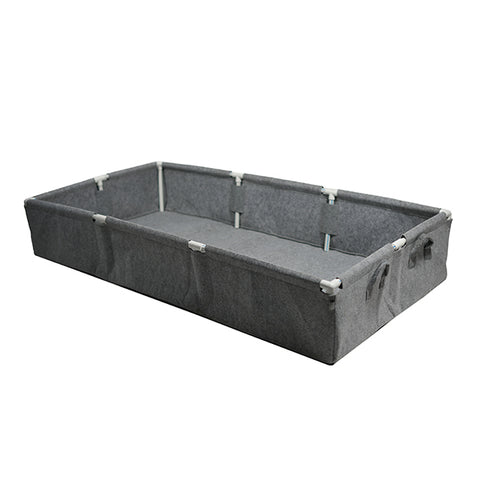
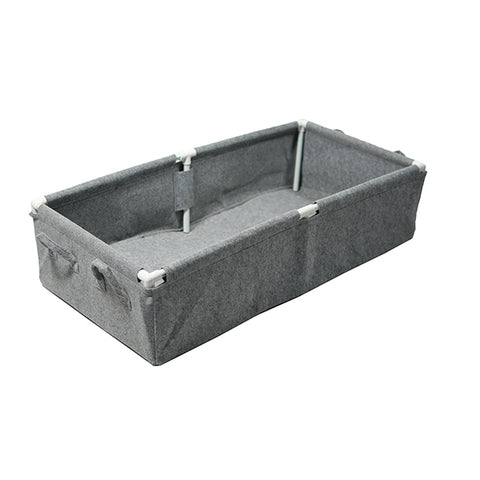
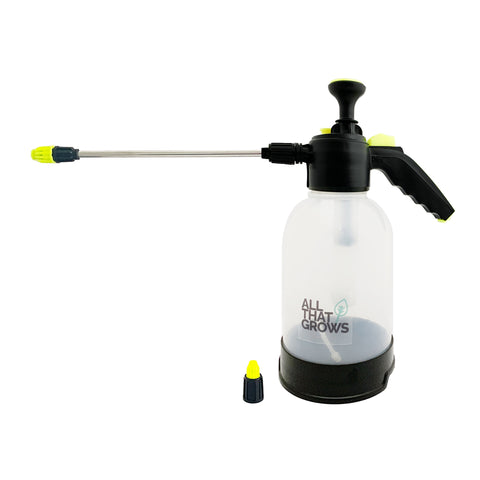
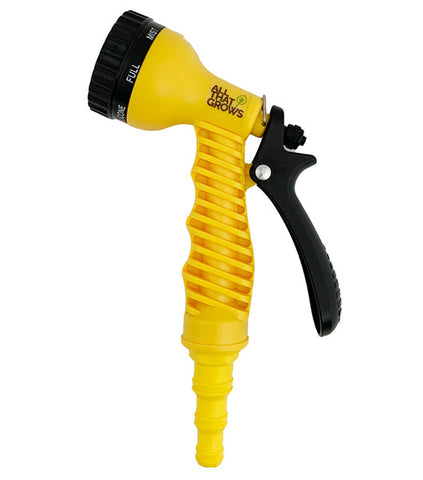
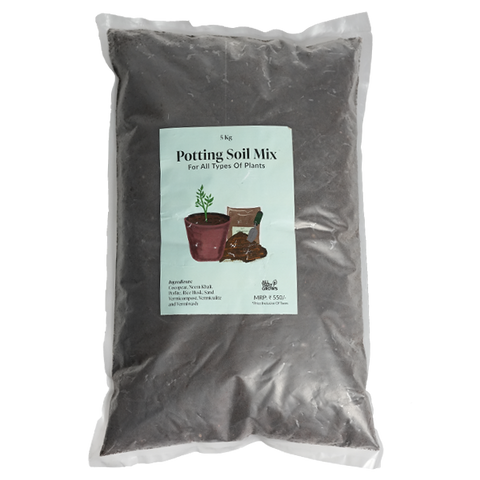
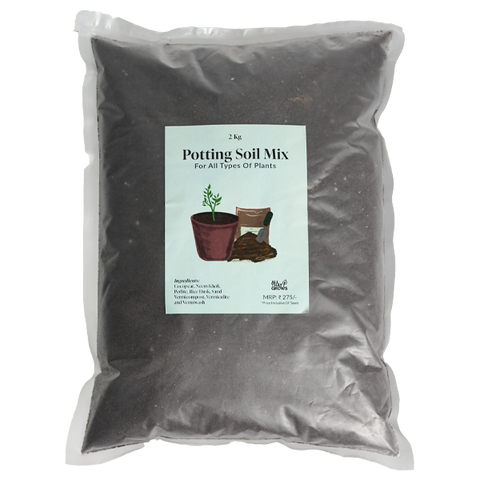
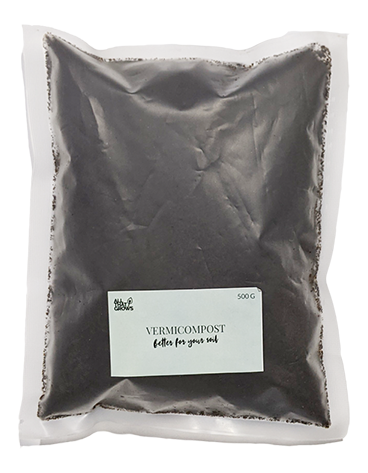
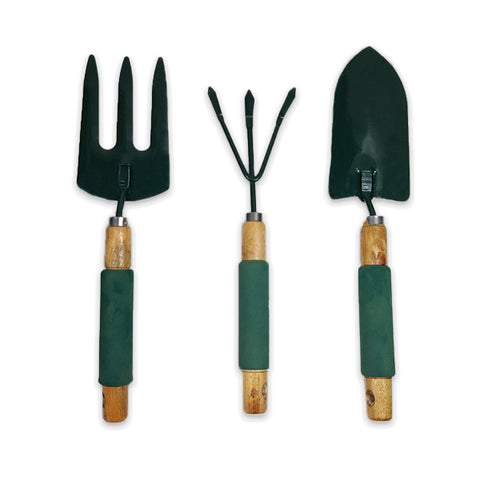
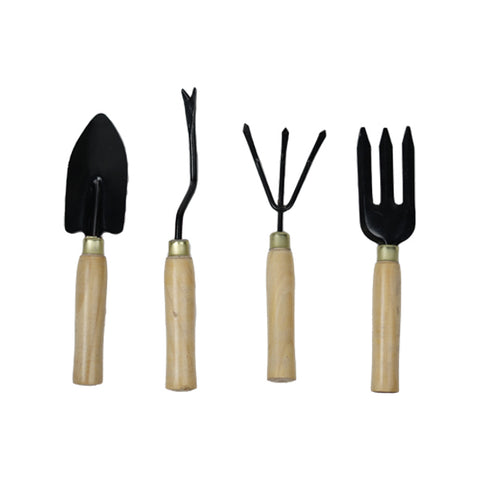






Let us know your feedback
* Comments must be approved before being displayed.